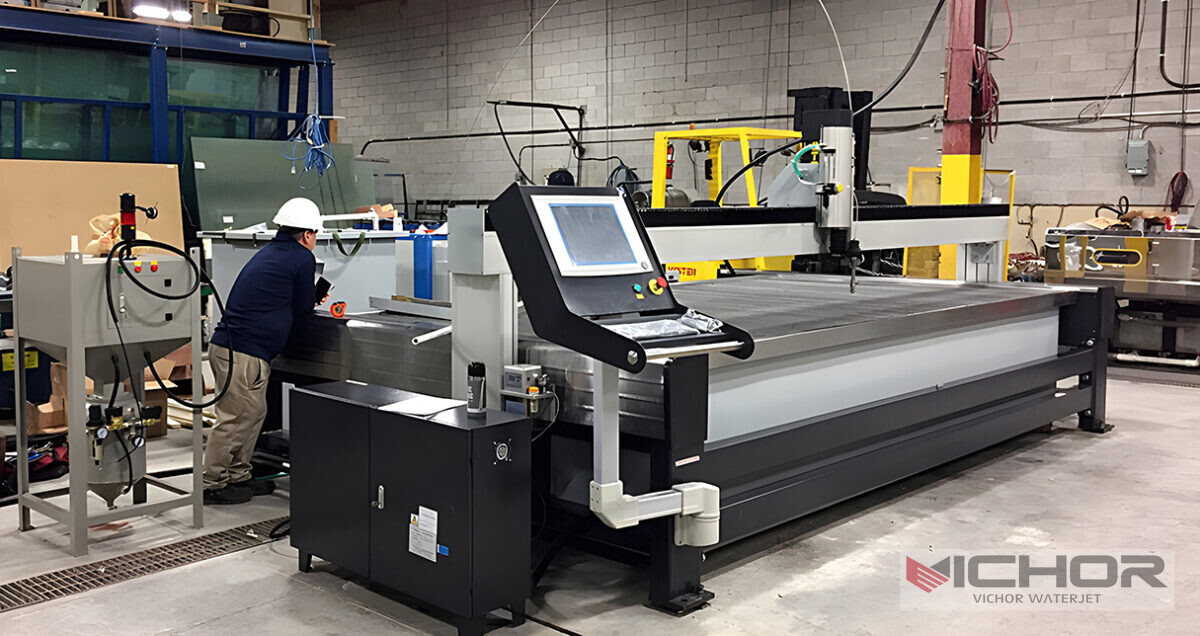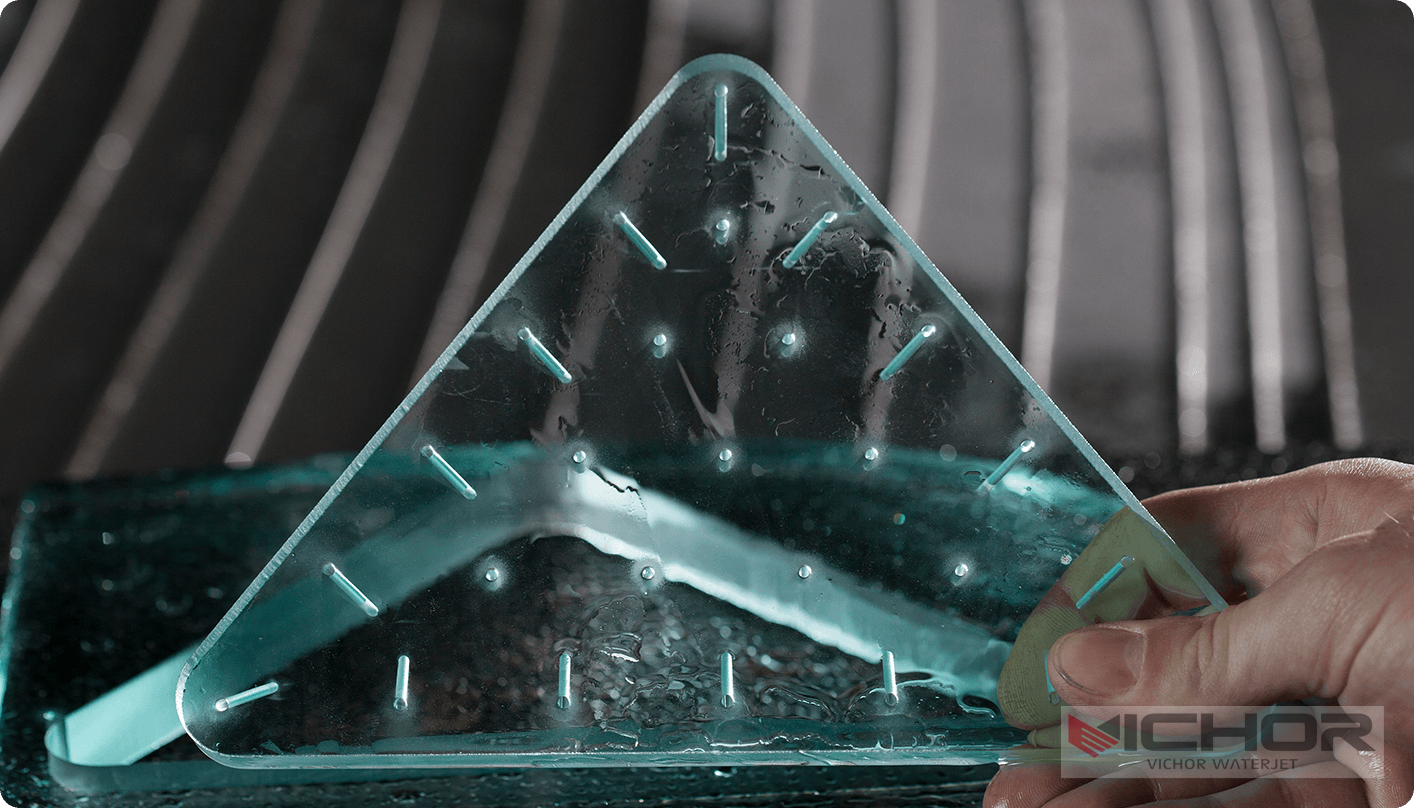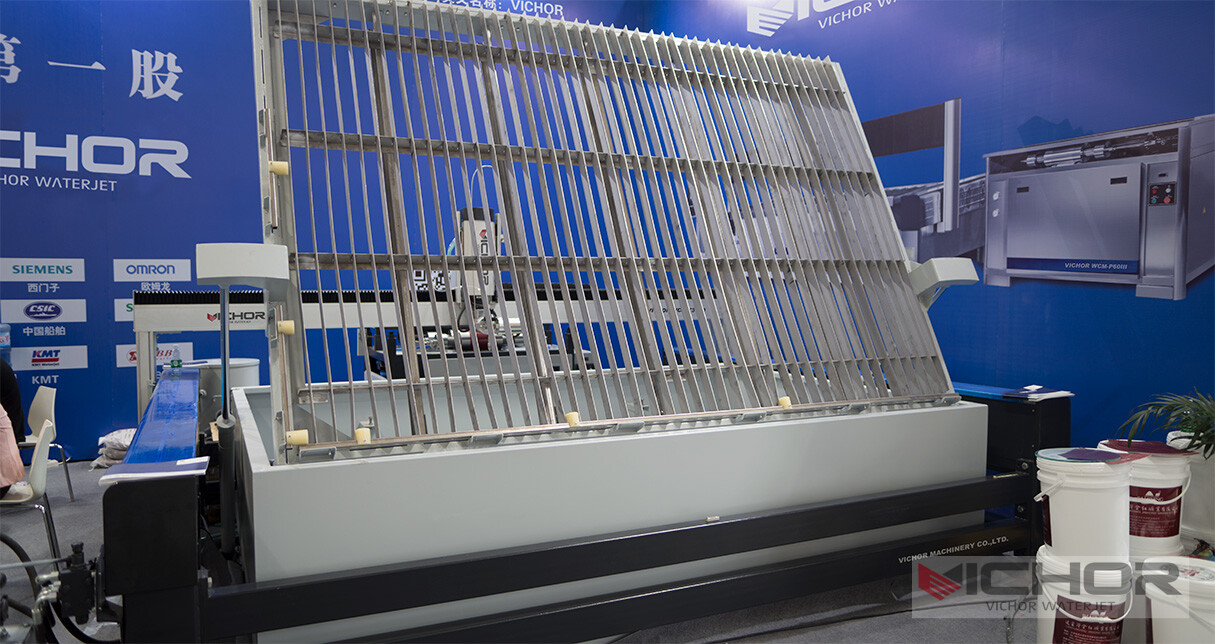
What Makes a Table Top Water Jet an Essential Tool for Modern Fabrication?
In today’s fast-paced manufacturing and DIY environments, precision and efficiency are paramount. One tool that has gained significant attention for its versatility and compact design is the table top water jet. But what exactly is a table top water jet, and why is it becoming a go-to solution for many professionals and hobbyists? This article dives deep into the world of table top water jets, exploring their functionality, benefits, and practical applications. Whether you’re involved in metalworking, woodworking, or composite material fabrication, understanding how a table top water jet can enhance your workflow is crucial. By the end of this read, you’ll have a comprehensive grasp of why this machine might be the missing piece in your toolkit, all while avoiding the hype and focusing on facts.
A table top water jet is a smaller, more accessible version of industrial water jet cutters, designed to fit on benchtops or small workspaces. It uses a high-pressure stream of water, often mixed with abrasives, to cut through various materials with exceptional accuracy. Unlike larger systems, a table top water jet offers affordability and ease of use without compromising on performance. As industries shift toward miniaturization and customization, the demand for such compact cutting solutions is on the rise. This article will cover five key aspects: what a table top water jet is, how it operates, its advantages, common uses, and factors to consider before purchasing. Let’s get started by breaking down each element to help you make an informed decision.
What is a Table Top Water Jet?
A table top water jet is a compact cutting system that utilizes high-pressure water jets to slice through materials like metal, glass, stone, and plastics. Designed for small-scale operations, it typically features a reduced footprint, making it ideal for workshops, labs, or educational settings. The core components include a high-pressure pump, a cutting head with a nozzle, and a control system, all integrated into a table-like structure. This setup allows users to perform precise cuts without the need for extensive floor space or heavy investment. Essentially, a table top water jet brings industrial-grade cutting capabilities to a more accessible level, enabling detailed work on smaller projects. Its versatility stems from the ability to adjust water pressure and abrasive mix, catering to different material thicknesses and types. For instance, in prototyping or artisanal crafts, a table top water jet can produce intricate designs that would be challenging with traditional tools. By understanding its basic structure, users can appreciate how a table top water jet bridges the gap between manual methods and large-scale automation.
How Does a Table Top Water Jet Work?
The operation of a table top water jet revolves around the principle of erosive cutting using pressurized water. First, a pump intensifies water pressure to extremely high levels, often exceeding 60,000 psi, which is then forced through a small nozzle. This creates a focused, high-velocity stream that can cut through materials effectively. In many cases, abrasive particles like garnet are added to the water stream to enhance cutting power, especially for harder substances. The process is controlled via software that guides the cutting head along predefined paths, ensuring precision and repeatability. One of the key benefits of a table top water jet is its cold-cutting nature, meaning it doesn’t generate heat-affected zones that can alter material properties. This makes it suitable for temperature-sensitive materials like plastics or composites. Additionally, the system includes filtration and recycling mechanisms to manage water and abrasive usage, promoting efficiency and environmental friendliness. Users can operate a table top water jet with minimal training, as modern interfaces often feature user-friendly controls. Overall, the mechanics of a table top water jet highlight its reliability and adaptability in various scenarios.
Key Advantages of Using a Table Top Water Jet
Opting for a table top water jet comes with numerous benefits that set it apart from other cutting technologies. Firstly, its precision is unmatched; it can achieve tolerances as tight as 0.1 mm, making it perfect for detailed designs and complex shapes. Secondly, the versatility of a table top water jet allows it to handle a wide range of materials, from soft rubber to tough alloys, without requiring tool changes. This multifunctionality reduces downtime and increases productivity. Another significant advantage is the absence of thermal distortion, as the water-based process avoids heat buildup, preserving material integrity. Moreover, a table top water jet is environmentally friendly, as it typically uses water and natural abrasives, minimizing hazardous waste compared to laser or plasma cutters. Cost-effectiveness is also a major plus; with lower initial investment and operational costs than industrial models, a table top water jet is accessible to small businesses and individual users. Lastly, its compact size means it can be integrated into existing setups without major renovations. These advantages make a table top water jet a smart choice for those seeking efficiency and quality in their cutting tasks.
Common Applications of Table Top Water Jets
The applications of a table top water jet span across various industries, thanks to its adaptability and precision. In the aerospace sector, it is used for cutting lightweight composites and intricate metal parts with high accuracy. Similarly, in automotive prototyping, a table top water jet helps create precise components without thermal damage. Art and design professionals leverage it for sculpting materials like marble or acrylic into custom pieces, while in education, it serves as a teaching tool for engineering and design students. The medical field employs table top water jets for producing surgical instruments and implants from biocompatible materials. Additionally, in electronics manufacturing, it aids in cutting circuit boards and enclosures with fine details. Even in hobbyist contexts, a table top water jet is popular for model-making and jewelry design, where delicate cuts are essential. This broad applicability underscores how a table top water jet can be tailored to diverse needs, making it a valuable asset in both commercial and personal projects.
Factors to Consider When Choosing a Table Top Water Jet
Selecting the right table top water jet requires careful evaluation of several factors to ensure it meets your specific needs. Start by assessing the cutting capacity, including maximum material thickness and size compatibility, as this determines the range of projects you can handle. Next, consider the pump pressure and power output, which influence cutting speed and capability—higher pressure often translates to better performance on dense materials. The control system and software compatibility are crucial too; look for intuitive interfaces that support common file formats like DXF or CAD for seamless operation. Maintenance requirements should also be factored in; a table top water jet with easy-to-clean components and accessible parts will reduce long-term costs. Additionally, evaluate safety features such as emergency stops and enclosure designs to protect operators. Budget is another key aspect; while a table top water jet is generally affordable, compare initial costs against ongoing expenses like abrasive and water consumption. Finally, read reviews and seek demonstrations to gauge reliability and support. By weighing these factors, you can invest in a table top water jet that delivers optimal results for your applications.
In conclusion, the table top water jet stands out as a powerful, compact solution for precision cutting across various fields. Its ability to handle diverse materials without heat damage, combined with cost-effectiveness and ease of use, makes it an indispensable tool. From understanding its basic operation to recognizing its advantages and applications, this overview highlights why a table top water jet is worth considering. As technology advances, we can expect even more innovations in table top water jet systems, further enhancing their accessibility and performance. If you’re looking to elevate your fabrication capabilities, a table top water jet could be the key to unlocking new levels of creativity and efficiency.
Frequently Asked Questions (FAQ)
Q1: What materials can a table top water jet cut?
A1: A table top water jet can cut a wide variety of materials, including metals like aluminum and steel, composites, glass, stone, ceramics, plastics, and rubber. Its versatility allows it to handle both soft and hard substances with high precision.
Q2: How much does a table top water jet typically cost?
A2: The cost of a table top water jet varies based on features and specifications, but it generally ranges from a few thousand to tens of thousands of dollars. Factors like pump pressure, cutting area, and software capabilities influence the price, making it more affordable than industrial models.
Q3: Is operating a table top water jet difficult for beginners?
A3: No, most table top water jets are designed with user-friendly interfaces and software, making them accessible to beginners. Basic training and familiarity with design files are usually sufficient to start using the machine effectively.
Q4: What maintenance is required for a table top water jet?
A4: Regular maintenance for a table top water jet includes checking and replacing nozzles, filters, and abrasive materials, as well as cleaning the water system to prevent clogs. Following the manufacturer’s guidelines ensures longevity and consistent performance.
Q5: Can a table top water jet be used for underwater cutting?
A5: While table top water jets are primarily designed for above-water use, some models may support underwater cutting to reduce noise and splash. However, this depends on the specific design, so it’s best to consult the product specifications or manufacturer for details.
continue reading
Related Posts
- 1304 words6.6 min read




